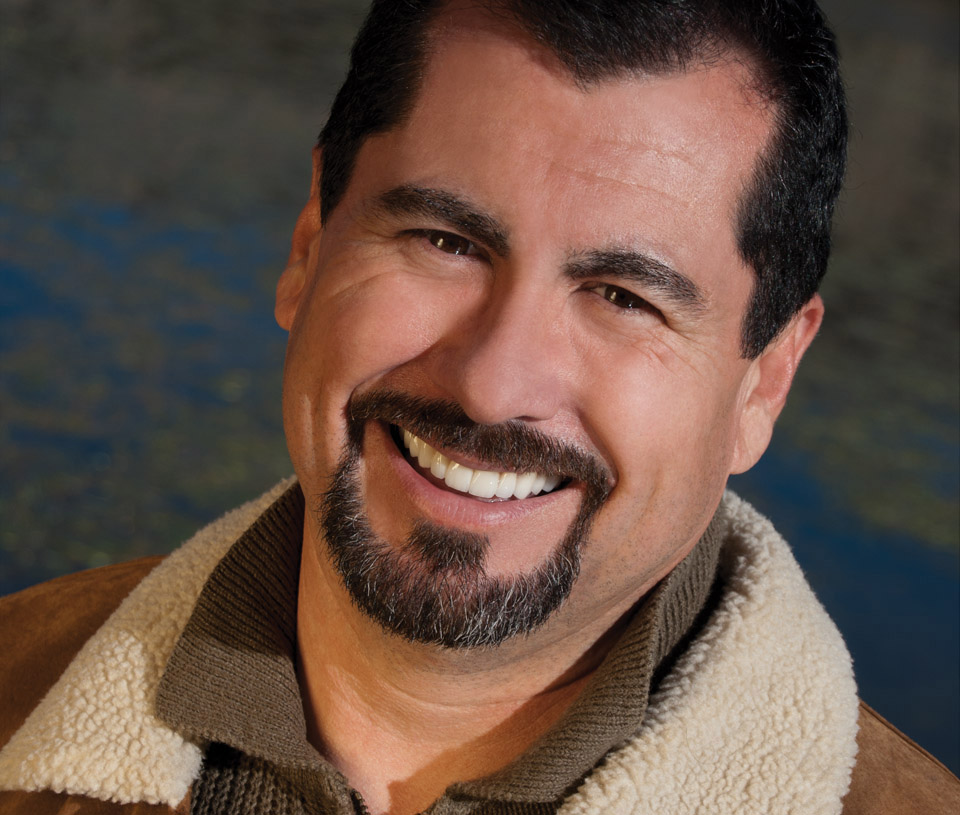
Getting a patient excited about full arch or full mouth treatment requires several important steps. First, as demonstrated in Dr. Barnes’ structure, the dentist must make building a relationship priority number one. This is critical to his success.
Relationship-building starts at the first phone call, continues when the patient enters the office, and grows as the patient meets the doctor and various staff members. Everything is accomplished in a step-by-step process laid out in a planned “structure.” Nothing, and I mean nothing, can replace building a good relationship with patients. It’s the foundation for every interaction that will take place.
A successful office wants to know each patient’s story. When I see an office that doesn’t have any stories to tell, I can guarantee it is not doing much comprehensive treatment. Take the time to listen carefully.
Before patients see the need to proceed with comprehensive treatment, they must perceive its value. The greater the perceived value, the more treatment they will do. As Dick Barnes teaches, Value equals Benefits minus Cost. When the benefits exceed the cost, patients see value. Total Team Training helps make payment a seamless part of the treatment presentation.
As you can see, getting patients the treatment they want or need is an intricate and complex procedure. It requires well-thought-out communication. If you do not have or understand the skills it takes to effectively communicate, patients will often forego comprehensive treatment. Investing in Total Team Training is an excellent way to help all team members communicate more effectively.
Communication happens in many ways. Most people aren’t aware of this, but listening is one of the most vital steps. How you listen is important. You must listen actively as well as reflectively.
The ability to show empathy is another important communication skill. While we as treatment presenters typically listen well to patients and say the correct words, too often we mess up the visual aspect. We bring in models, X-rays, and anything else we are comfortable with, and patients nod but obviously cannot envision the same things without a more technical background.
Fortunately, technology has come along that can assist in this envisioning process. How many times have you heard a patient say, “My back teeth don’t hurt and you can’t see them anyway”? Patients have a hard time believing what they can’t see. And no, patients can’t read X-rays. This is where advances in dental technology can help.
The moment a patient comes for an initial visit and sits down in the dental chair, show exactly what is going on in his or her mouth. Enlist the help of hygienists and assistants as well, and relate what you see to the patient’s overall health. This appointment will determine case acceptance.
First and foremost, do not be afraid to diagnose comprehensively. You don’t need to share everything with the patient at this juncture, but you and your staff should begin a process of co-discovery with the patient. Dr. Barnes was far ahead of his time when he began showing his slide presentation at the consultation visit. He understood the importance of visualization.
With today’s advanced technology, we can take that a step further. We can do a smile design simply by taking a photograph of the patient. We can follow that with a computerized design, which shows the patient how he or she might look like after treatment.
Another great but often underutilized tool is the intraoral camera. To use this tool fully, we should take pictures of every tooth in the mouth. This will help patients visualize how healthy—or not—their teeth are.
Consider for a moment if the camera could also detect decay. Well, the Sopro by Acteon can do just that. Its proprietary software can take an optical image and detect any decay. Not only can patients see old restorations that are failing, cracked and broken teeth, but also the active decay process. This adds a sense of urgency and helps validate treatment recommendations instantly. Fear and doubt are erased and the patient gains trust.
As previously stated, before investing in new technology, it is prudent to invest first in communication and relationship skills. Consider a program like Total Team Training. Successful case presentation is all about creating a good, trusting relationship; diagnosing comprehensively; helping patients visualize what they want or need; then sitting down and having an honest conversation about treatment. Everything will be in place for a great outcome!










